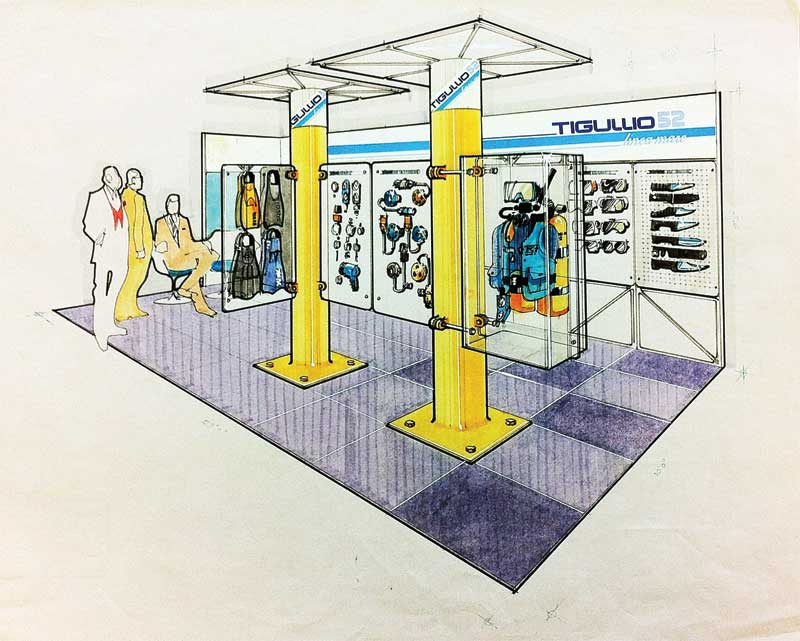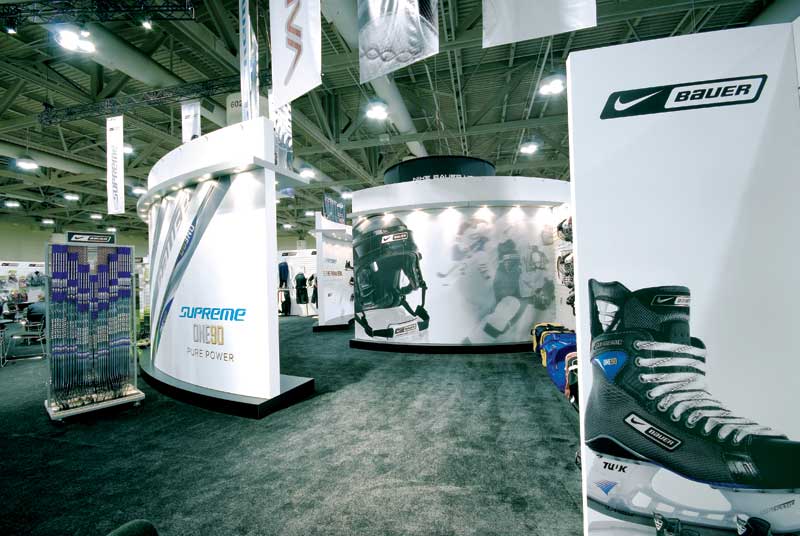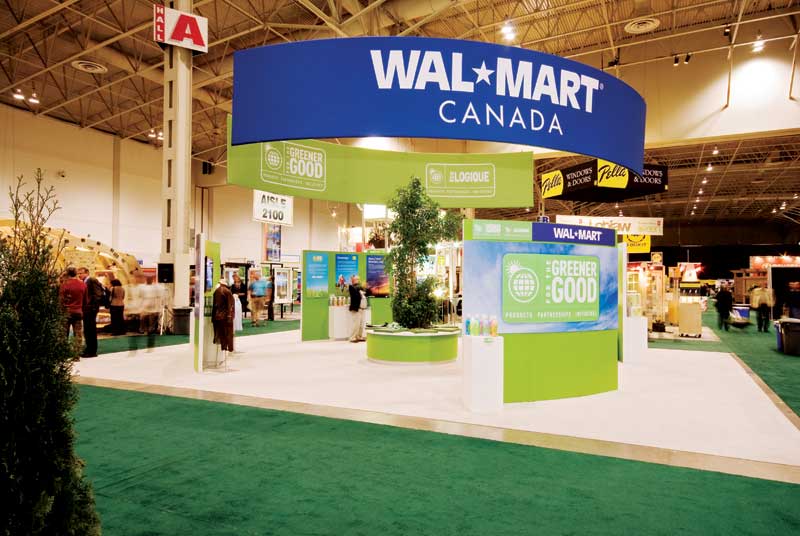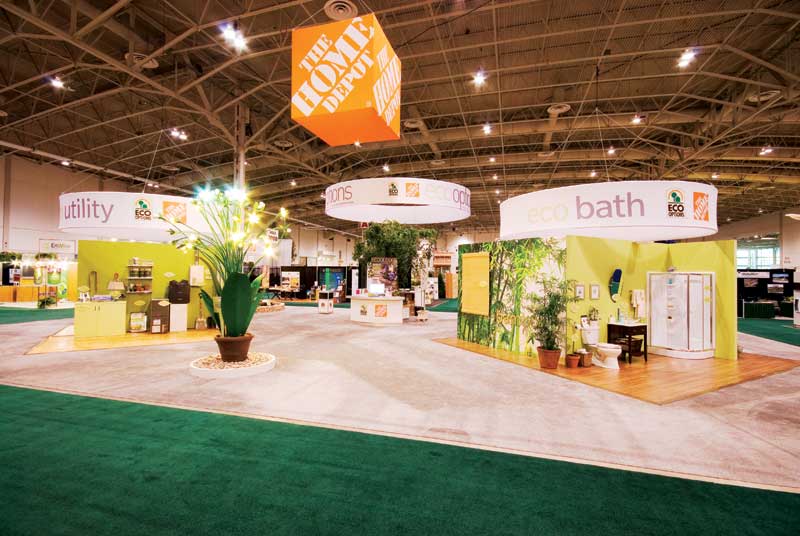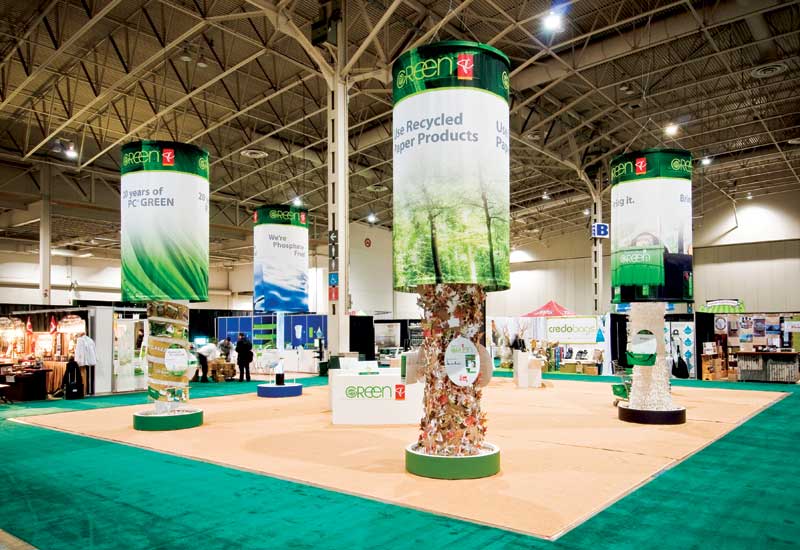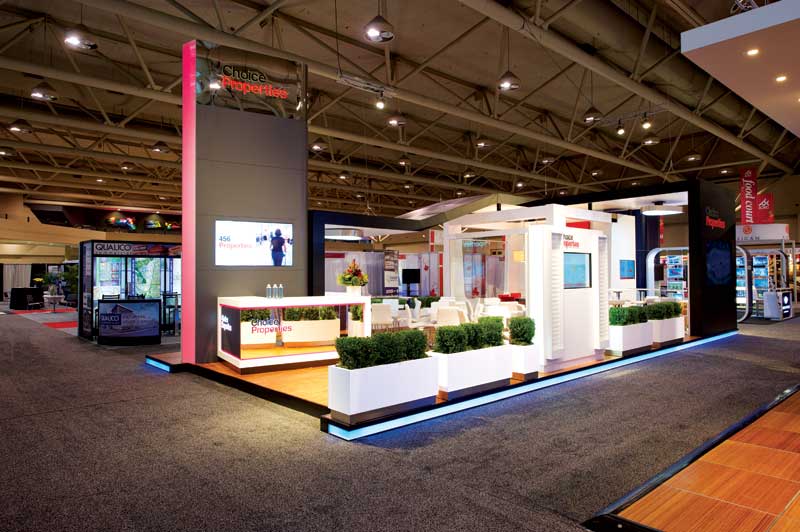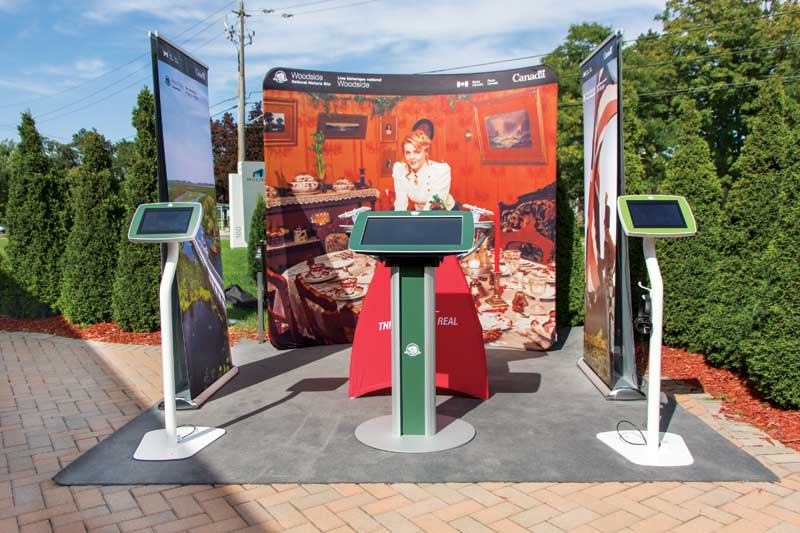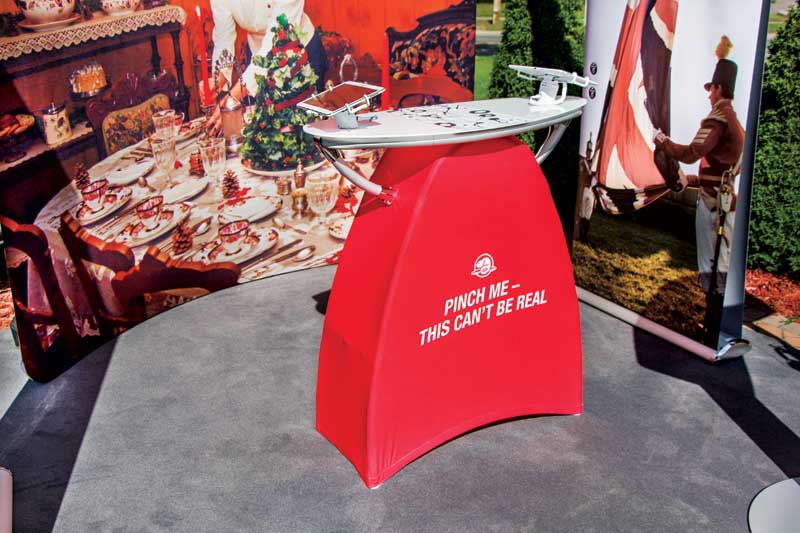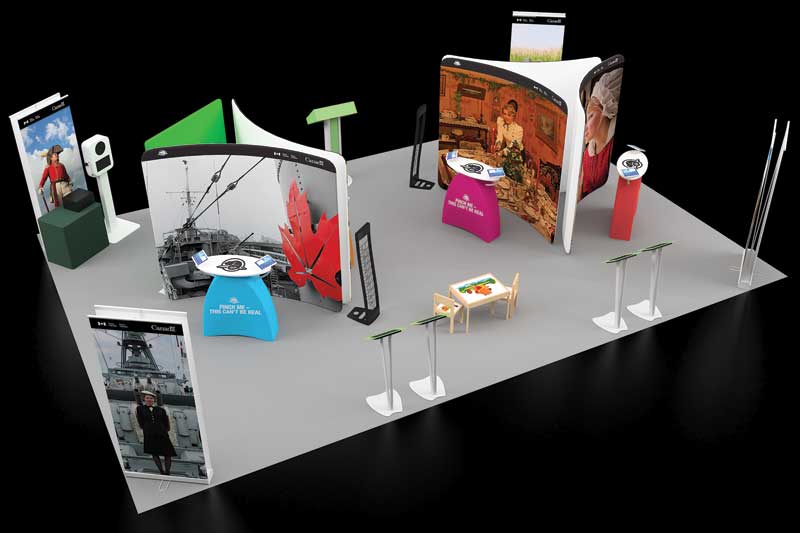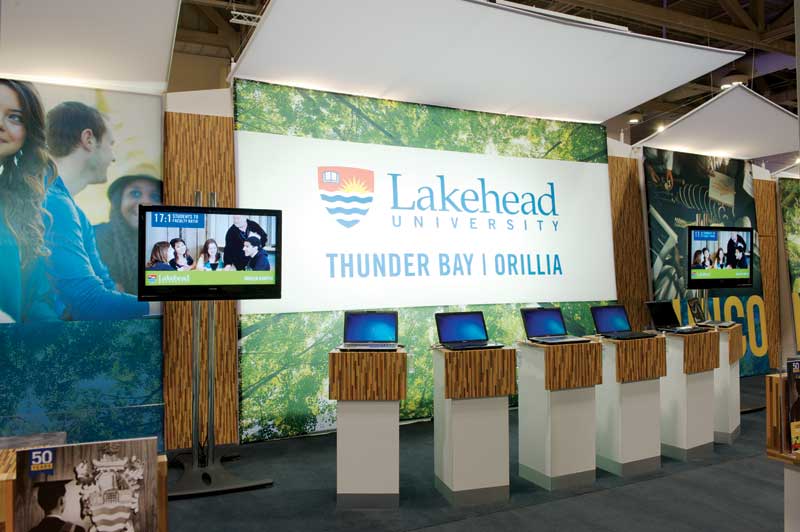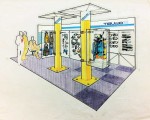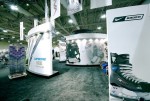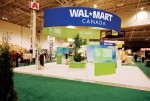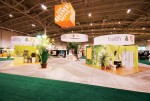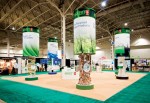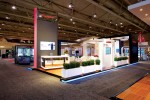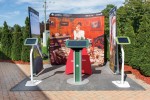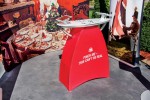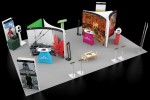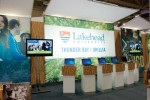Trade Show Displays: The evolution of exhibits
by all | 11 February 2016 2:05 pm
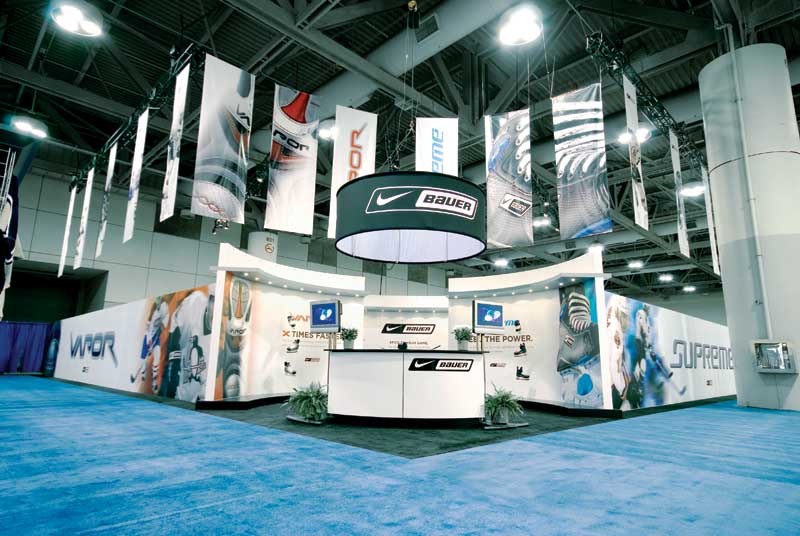
Images courtesy Holman
By Victoria Lobatch
Exhibitry is ever-changing, often mirroring advances that have been embraced in other industries and in society as a whole. This can certainly be seen in the twists, turns and leaps that the exhibit design and fabrication sector has made in the last 50 years.
Looking back
For decades, exhibiting was one of the main marketing activities for companies, especially those competing in business-to-business (B2B) sectors. Conferences and other events marked annual milestones for entire industries, giving companies a major opportunity to present their products and services to potential buyers and to catch up with existing customers. They stimulated key sources of revenue, as prospecting and deal-making were the key objectives on the show floor.
Given the sales focus of the time, the exhibits themselves were often quite simple, providing a backdrop for product displays and demonstrations. A Tiguillio52 booth concept sketch (see Figure 1) provides a typical example of what exhibits looked like at the time, with significant use of metal structures and glass cabinetry to display various products sold by the exhibiting business. (For that matter, the sketch was drawn by hand, in contrast to the computer-based renderings that have now become standard practice in the industry.)
As branding and name recognition started becoming more of a focus in the world of marketing, trade show exhibits began to grow and expand. This trend eventually gave rise to the ‘pavilion’ concept, whereby an exhibitor essentially operates its own branded show-within-a-show.
In particular, large companies with diverse lines of business began to build gargantuan exhibits that could feature all of their product lines in one space. These pavilions were often closed-off spaces, ensuring visiting customers focused on the individual brand and its products while inside the booth.
As a result, roto-lock panels experienced a period of heightened popularity in the exhibit industry. They were a perfect means for keeping customers close to products and competitors out, allowing exhibitors to build large, enclosed structures that could easily be refreshed with the application of updated graphics for future events.
By way of example, after sports equipment manufacturer Bauer Hockey started operating as Nike Bauer a decade ago, it commissioned a pavilion exhibit (see Figure 2) that used large-format graphics and overhead signage to boost brand recognition. Banners hung from trusses to ensure the branding was visible from all ends of the trade show floor, complemented by large graphics around the exterior of the exhibit to draw customers into the space and identify the various products inside it.
Another change came as society became more aware of environmental issues. The concept of ‘going green’ became a focus for many companies and, as they grew conscious of and evaluated their carbon footprint, there were ramifications for the print and exhibitry sectors. Many suppliers began to adjust the nature of their printing technologies, moving toward inks and substrates with less or zero volatile organic compounds (VOCs). Another important selling feature was the incorporation of recycled materials into exhibit construction.
One event where environmental consciousness can particularly be seen in exhibit design is Toronto’s annual consumer-focused Green Living Show (see Figures 3, 4 and 5). In addition to environmentally friendlier materials and fabrication techniques, designers of exhibits for this show have tended to plan larger open spaces, such that less material is used overall.
Custom or modular?
In the past 10 years, the exhibitry industry has largely become divided into (a) custom designed and built booths and (b) portable modular display structures, which can be seen to represent two ends of the spectrum. An increasing number of companies, however, are combining elements of each trend to develop exhibits that are distinctively engaging, functional and cost-effective.
At the customized end of the spectrum, by way of example, Toronto-based real estate investment trust (REIT) Choice Properties commissioned a sleek, elegant booth to emphasize themes of quality, modernity and innovation (see Figure 6). The exhibit was fabricated using custom millwork and was characterized by high-end gloss and mirrored finishes, light-emitting diode (LED) illumination and integrated multimedia technologies.
At the other end of the spectrum, exhibitors are taking advantage of easy transport and setup for their modular displays. Parks Canada, for example, undertook a public outreach initiative with colourful exhibitry constructed entirely from modular hardware and fabric display systems (see Figures 7, 8 and 9).
Such systems have seen significant uptake in the last decade as they have become more adaptable to exhibitors’ needs. The increasingly mainstream adoption of dye sublimation, meanwhile, has enabled deeper, brighter colours to be achieved when digitally printing textiles, including backlit fabrics, for a ‘premium’ appearance.
The configuration of Parks Canada’s exhibit was flexible, transforming quickly from a 9.1 x 9.1-m (30 x 30-ft) booth to a 3 x 3-m (10 x 10-ft) ‘pop-up’ display to help create awareness of the organization’s various properties. Further, the exhibit included augmented reality (AR) technology, with kiosks that allowed visitors to interact with three-dimensional (3-D) models of artifacts from Parks Canada properties.
As mentioned, some exhibitors have chosen a ‘third option’ by taking advantage of the benefits of both customization and modular portable design. Lakehead University in Thunder Bay, Ont., for example, combined a custom millwork display with complementary, brightly coloured backlit fabric backdrops (see Figures 10 and 11). In this way, the school combined the unique look and feel of a custom booth with the low weight and ease of use of a modular fabric display system.
Looking forward
As the exhibitry industry continues to evolve, it will become more clearly informed by technology. Digital signage, tablet computers and social media campaigns have already established a high-profile presence on trade show floors, but there is still much opportunity for large-format printed graphics to be complemented by AR, interactive video walls and other ‘experiential’ technologies that will enhance attendee engagement.
Victoria Lobatch is marketing manager for Toronto-based Holman, which designs and builds exhibitry and branded displays and environments for retail stores, museums and events. For more information, visit www.holmanexhibits.com[1].
- www.holmanexhibits.com: http://www.holmanexhibits.com
Source URL: https://www.signmedia.ca/trade-show-displays-the-evolution-of-exhibits/
